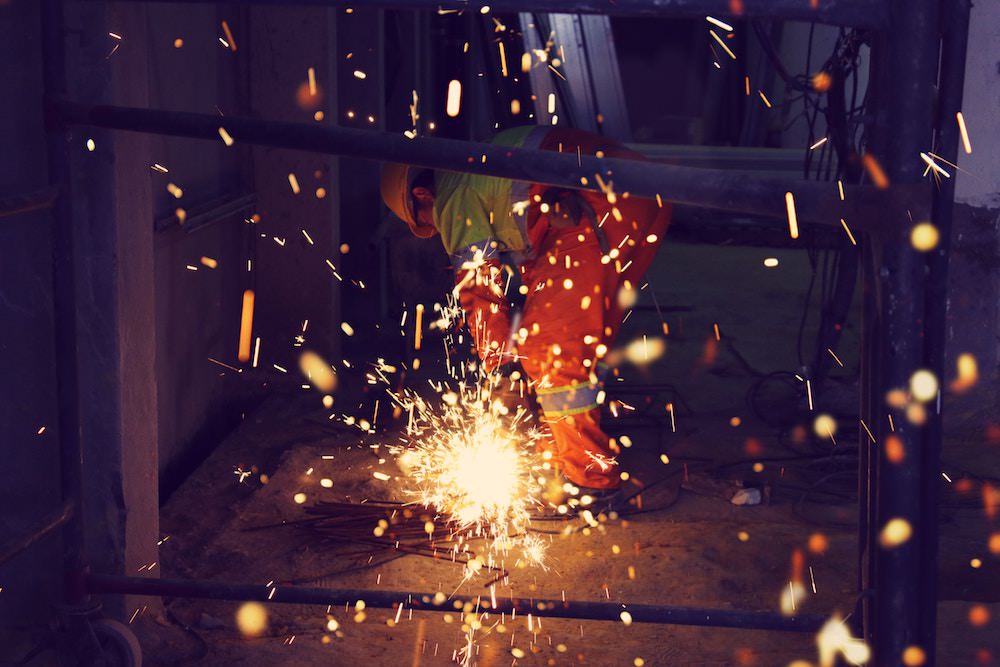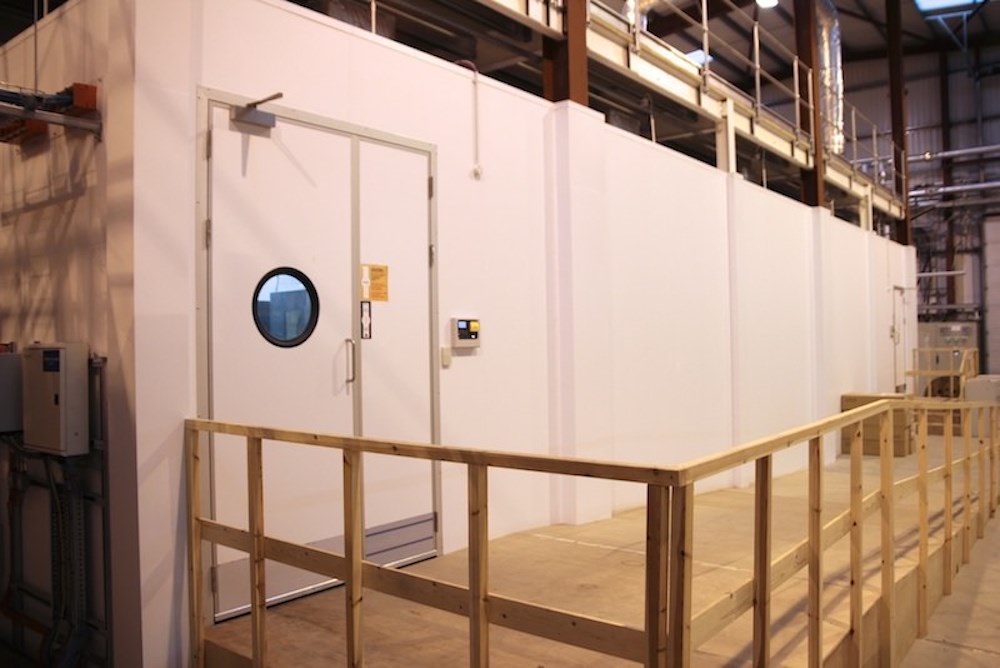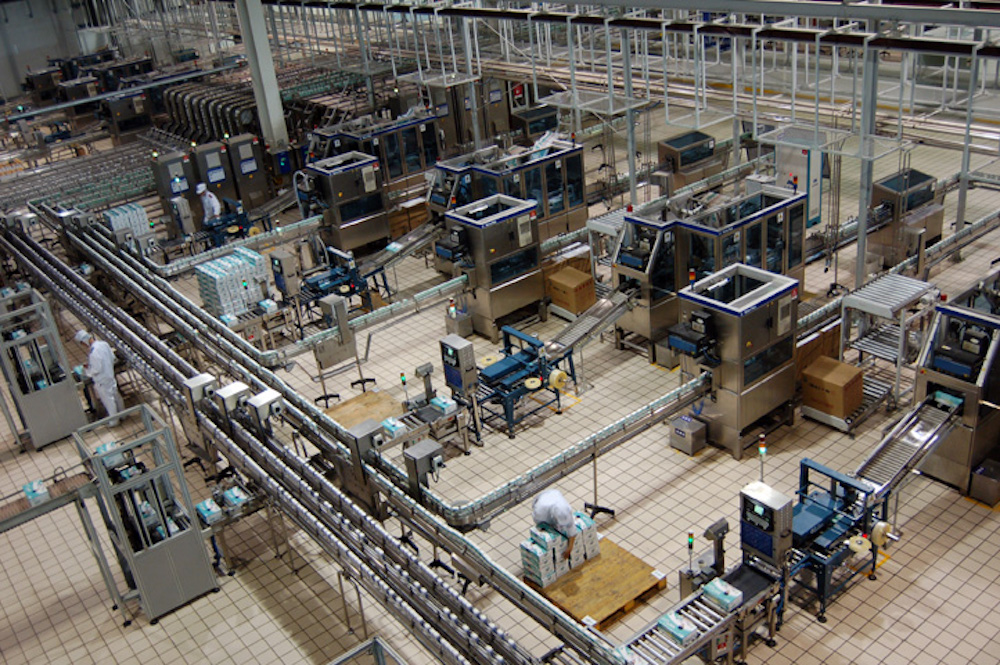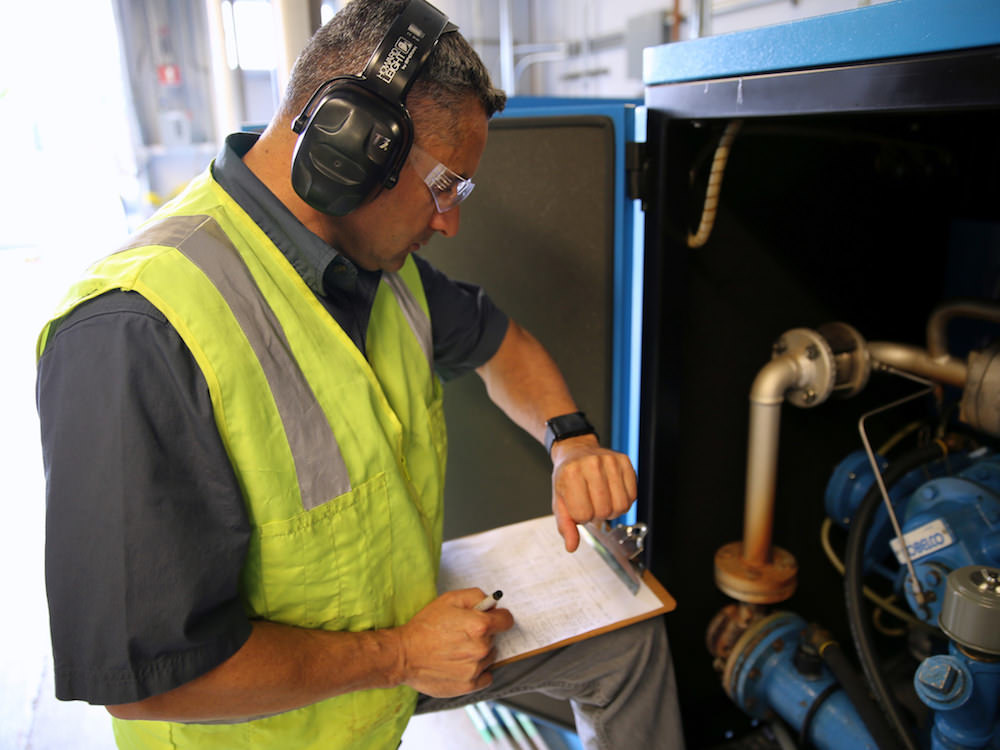
Machine noise is a serious problem in a factory or industrial environment. And it’s one that any manufacturer or employer needs to understand and make steps to control and reduce.
According to the HSE, The Control of Noise at Work Regulations 2005 (Noise Regulations 2005) require employers to prevent or reduce risks to health and safety from exposure to noise at work. Employees have duties under the Regulations too.
The Regulations require you as an employer to:
We would also recommend that you keep good records on all of the actions taken at every step to ensure you can show what you have (and have not) done if required by an inspection at a later date.
The machine noise regulations state an average daily limit for noise levels and then a peak limit for a limited time exposure. These are expressed in two figures and measured using dBA and dBC figures. Another confusion to overcome, so let’s explain that first.

In short, it’s the frequency of the noise. The terms dBA and dBC refer to the types of filters used to measure noise levels, or dB. These are measured using either an A or C filter. Each filter is sensitive to different frequencies. Understanding the difference is critical to any businesses that operate noisy machinery, for employee safety reasons.
Measurements made using A filters are expressed in dBAs. The dBA sound level measures the mid-range frequencies and the dBC sound level measures low and high frequencies.
Safe limits have been agreed for both daily and weekly exposure as follows:
But what do all these figures mean?
The key, is that sound measurement is not a linear scale and an 80dB reading is actually twice as loud as 70dB. So how does 80db compare to the sounds we hear around us on a daily basis?
You can see from this list that even mowing your lawn, can put your hearing at some risk and ear protection should be worn – particularly if you are subjected to the noise for prolonged periods.
So how do we reduce Machine Noise around for those who work in and around those machines?
This is becoming increasingly common and our recent work for Ardagh Group in Deeside saw the team create bespoke acoustic enclosures for each of the individual machines to reduce the noise they emit to below the legally required lower exposure level of 80db
In an open area the solution could be acoustic screening or acoustic barriers which enclose the noise level at ground level and provide enough protection to comply, without having quite the costs associated with more the more serious engineering of a full acoustic enclosure.
Controlling the noise at source is the best solution in most cases as this contains the problem and protects everyone in the surrounding area.
Within a very noisy factory, you can also create a noise haven or soundproof room within the factory environment, These can be used as meeting spaces, individual offices or even just break out areas. They work in the opposite way to the acoustic enclosure above in that they enclose the employee and protect them from the noise risk, rather than the machine that is creating the noise.
They are an alternative solution where the complexity of a production facility and the need for unconstrained access does not allow the noisy equipment to be enclosed or acoustically treated to control the noise at source. This is a good solution where controlling the noise at source is just not possible.

Much of the machine noise we hear can be created by the machine itself causing vibration and harmonics with its own mounting points and structures. These can be reduced by changing the way the machine is mounted and introducing damping in between the mounting point and the machine itself.
In the same way, vibration of the machine panels themselves can also cause noise to radiate outwards, but can be reduced by adding damping materials to reduce this vibration.
If the machine noise is created through exhaust outputs or air intakes etc, they can be attenuated and the sizing and layout of the ducts/pipes altered to improve the efficiency of air/gas flow. One of the most common examples of this in practice are bends within pipe or ductwork close to a fan intake which can cause air turbulence and can induce vibration of the ductwork or the fan blades, if not designed properly.

The simplest measure is to make it compulsory to wear ear defenders on the shop floor where noisy machinery is present. You will need signage to this effect and where required provide PPE for anyone entering the area, as well as have management systems in place to ensure that hearing protection is being worn.
Every pair of ear defenders has a standard noise reduction target. Cheaper ones may reduce ambient noise by around 22-30dBA, but better systems can raise this figure to 37dBA. These work as simple sound blockers to protect the individual..
There are now more advanced PPE solutions electronic ear defenders that will adjust to the environment. These are designed to allow speech between individual to be heard, whilst still providing protection above the 80-85dBA noise levels.

This is by far the least satisfactory solution and is at the bottom of the list of noise control methods. At lower noise levels it is possible to manage the risk of hearing damage by controlling the ‘noise dose’.
You would need to create a time schedule so that each employee or visitor only spends a limited and agreed amount of time in these high-risk noise areas. This will reduce risks but does nothing to solve the actual noise problem but rather tries to limit the exposure to the noise itself.
This route requires exceptional management controls and record keeping to avoid compensation claims arising in years to come.
Machine Noise in the workplace is something that as an employer you need to manage carefully to protect both personnel and the public. It is good business practice, keeps your employees safe, and by compliance with the guidelines will protect you from future legal issues.
If you have any concerns about your own workplace and how your employees are protected, then give us a call and we will give you the best, most cost-effective advice for your particular situation. Whether it’s within a factory environment or outside, Kimpton Acoustic Engineering have the answers to your Machine Noise problem.
If you would like to discuss any of our services, please call 0151 343 1963 or complete the form below and we will be in touch shortly.